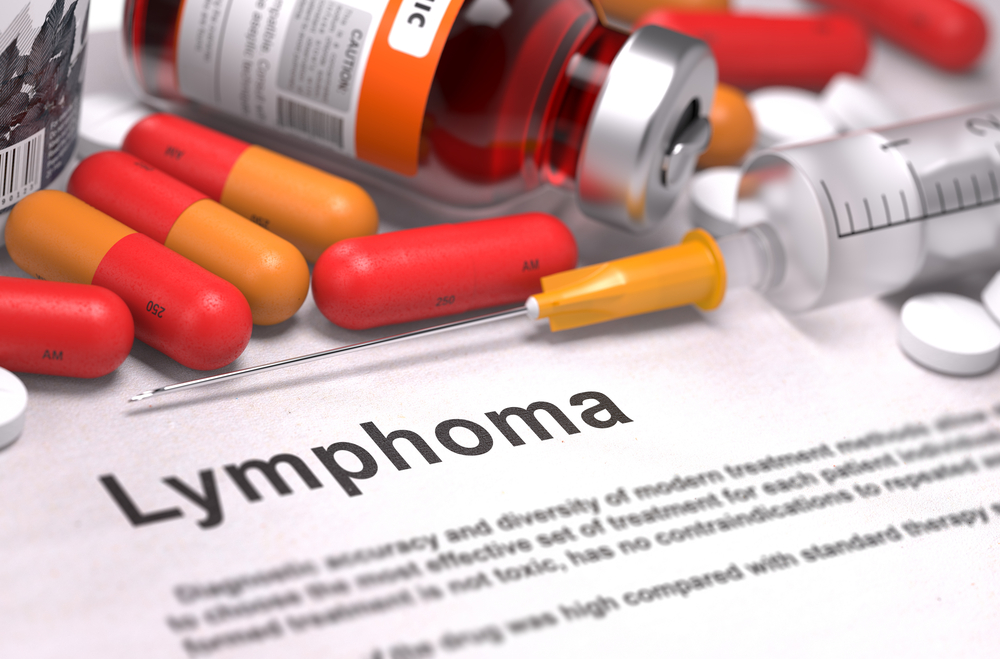Patients with relapsed or refractory follicular lymphoma, the second most common type of non-Hodgkin lymphoma, treated with a lower therapeutical dose of polatuzumab vedotin combined with rituximab maintain the same overall response rates (when compared to higher doses) accompanied with a decrease in toxicity. These are the results of a study entitled “Two doses of polatuzumab vedotin (PoV, anti-CD79b antibody-drug conjugate) in patients (pts) with relapsed/refractory (RR) follicular lymphoma (FL): Durable responses at lower dose level” recently presented during the ASCO Annual Meeting.
Ranjana H. Advani, MD, professor of lymphoma at Stanford University, and study first author commented, “Polatuzumab vedotin is an anti-CD79b antibody-drug conjugate. CD79b is a component of the B-cell receptor and is expressed in nearly all B-cell malignancies. Clinical activity has been observed in relapsed and refractory non-Hodgkin’s lymphoma at doses greater than or equal to 1.8 mg/kg in a phase 1 trial. Subsequently, two dose levels — 1.8 mg/kg and 2.4 mg/kg — were assessed in a phase 2 trial in relapsed and refractory follicular lymphoma, but the optimal duration of therapy is unknown.”
In previous studies, patients treated with 2.4 mg/kg dose polatuzumab vedotin showed signs of toxicity, as such, in this study researchers investigated if the combination of polatuzumab vedotin at lower doses was still therapeutically efficient and could decrease cumulative toxicity.
To this end, the team enrolled 35 patients with relapsed or refractory follicular lymphoma who were treated with either 75 mg/m2 rituximab with 1.8 mg/kg (n = 10) or 2.4 mg/kg (n = 25) of polatuzumab vedotin. The treatment was performed every 3 weeks and the results collected until there were signs of unacceptable toxicity. At the end, patients were submitted to at least eight treatment cycles, with a median follow-up of 8 and 14 months for 1.8-mg/kg and 2.4 mg/kg patients’ cohort, respectively.
Advani and colleagues observed that while the overall response rate was similar in both cohorts (75% for 1.8-mg/kg and 76% for 2.4-mg/kg), after eight treatment cycles, patients treated with the highest dose achieved higher complete response rates – 32% versus 10%. The adverse effects of grade 3 or higher occurred in both cohorts after eight cycles, however, at 2.4-mg/kg more patients discontinued the treatment due to an adverse event at eight cycles (28% versus 25%) and with treatment completion (56% versus 30%).
Advani noted that, “Tolerability may be improved by dosing polatuzumab vedotin at 1.8 mg/kg and a fixed duration of eight or fewer cycles. Efficacy is seen at both dose levels, despite the higher number of complete remission at the higher dose. Polatuzumab may represent a clinical meaningful treatment option at the 1.8-mg/kg dose at the fixed duration of therapy, and studies of this combination of immunotherapy are ongoing in both large cell lymphoma and follicular lymphoma.”


